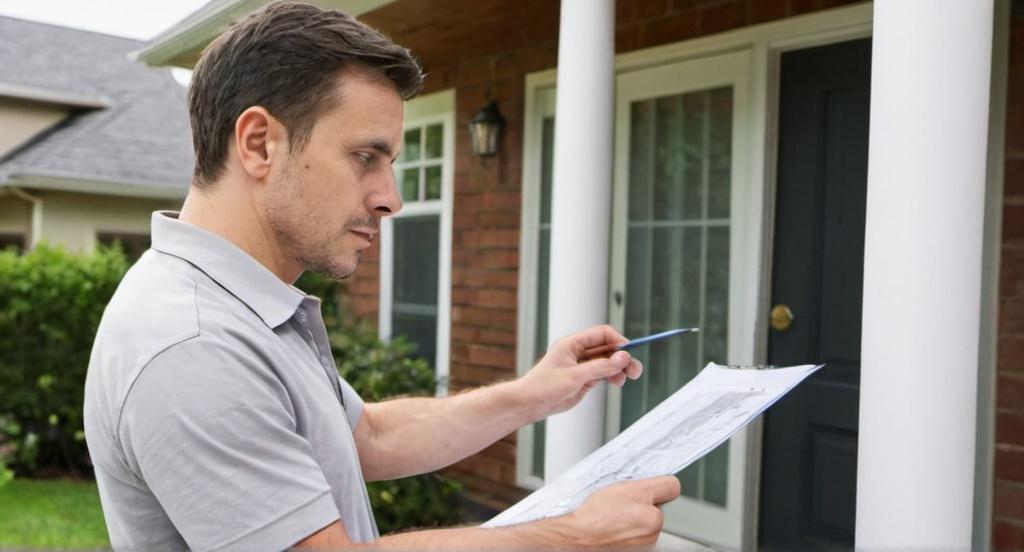Key Take Aways about Beginner’s Guide to Flipping Houses
- House flipping involves buying, renovating, and selling properties for profit.
- Key steps include finding promising properties, setting a strict budget, and focusing on valuable renovations.
- The legal process requires permits and contracts, highlighting the importance of a real estate lawyer.
- Timing is crucial; selling at the right moment maximizes profit.
- Effective marketing through photos, staging, and social media is essential.
- A contingency fund is vital for unforeseen challenges like hidden costs or delays.
- Personal experiences reveal that adaptability and resilience lead to successful flips.

Understanding the Basics of House Flipping
Flipping houses might sound like something out of a reality TV show, but it’s a real thing! You buy a property, fix it up, and sell it for a profit. That’s the dream, anyway. It’s not always as glamorous as it seems, but with some know-how, you could make it work. Think of it like restoring an old car but with bricks and mortar. You’re going to need to know the ins and outs before diving headfirst into this hustle.
Finding the Right Property
The first step is spotting a worthy investment. You don’t need a fancy degree for this, but a bit of intuition and research goes a long way. Look in neighborhoods that are on the upswing—where you see folks walking their dogs and coffee shops popping up on every corner. Check out local real estate listings and keep your ear to the ground for word of mouth leads. You’re basically detective-ing your way to finding the property that could be your ticket to success.
The Budget Breakdown
Money talks, and when it comes to flipping houses, it practically shouts. You’re going to lay out cash upfront for the property itself, renovations, and all those pesky little fees that sneak up on you. It’s like when you go to buy a new phone and they convince you to get all the accessories. Make sure you have a clear budget and, more importantly, stick to it. The biggest pitfall is overspending on the shiny bits and baubles, leaving you broke when it’s time to pay the bills.
Renovation Smartness
Let’s face it, not all of us are Bob Vila. Renovations can get tricky if you’re not prepared. Hire good contractors unless you’re a DIY wizard. Focus on upgrades that add real value, like kitchens and bathrooms, instead of eccentric features which make buyers scratch their heads. Remember, it’s about what buyers want, not about creating your dream home.
Legal Mumbo Jumbo
You can’t skip the legal bits. There are permits to get, inspections to pass, and contracts to sign. It’s all very official, but crucial to ensure you’re on the right side of the law. An experienced real estate lawyer can save you from a lot of headaches down the line. Think of them as your legal bodyguard.
Timing is Everything
In the real estate game, timing isn’t just key; it’s the whole lock and keychain. You gotta know when to hold ’em and when to fold ’em, as the song goes. Selling at the right time can make a world of difference to your profit margins. Keeping an eye on the market trends and local economy can give you the jumpstart you need.
Marketing Your Finished Product
After blood, sweat, and maybe a few tears, it’s time to show off your masterpiece. Good photos and staging can turn a meh property into a must-see. And don’t discount social media; it’s a powerful tool to spread the word faster than your grandma’s famous pie recipe. Networking with local realtors can also help get your property in front of the right buyers.
Common Pitfalls
Even the best-laid plans can go awry. You might face hidden costs, market downturns, or renovations that take a tad longer than expected (or forever, in renovation time). The trick is not to panic. Stay flexible and have a contingency fund to cushion any unforeseen surprises.
Personal Experience
Let’s wrap up with a tale of someone who dipped their toes into house flipping. Meet John, your average Joe with a knack for fixing things. He bought an older house with creaky floors and a leaky roof. With a bit of elbow grease and some sweat equity, he turned it into a cozy home that sold for a nice little profit. It wasn’t all smooth sailing—there were hiccups, like a raccoon infestation and some unexpected plumbing issues—but John learned and adapted, coming out on top.
And there you have it, flipping houses is not just for HGTV stars. It’s a possibility for anyone armed with savvy, a bit of grit, and some strategic thinking. Get out there and turn that fixer-upper into a dream home for the next family!